Groin pain can be a debilitating condition that affects both men and women of any age. It is often caused by an injury or inflammation of the muscles, ligaments, tendons, or bones in the groin area. It can range from mild discomfort to severe pain that impacts everyday activities. Although groin pain can be very uncomfortable and disruptive, there are ways to manage and treat it. In this article, we'll explore its causes, diagnosis, treatment, and prevention options.
What is Groin Pain?
Groin pain, also known as adductor tendonitis, is a condition that results from the inflammation of the adductor muscles and tendons in the groin area. The adductor muscles are responsible for bringing the legs together and are located on the inner thighs. The most common symptom of groin pain is a sharp, throbbing pain in the inner thigh that worsens with movement. Other symptoms may include swelling, bruising, and stiffness in the affected area.
Groin pain is often caused by overuse or repetitive motions of the adductor muscles. This can occur during activities such as running, soccer, or hockey. Poor stretching or warm-up routines before these activities can also contribute to the development of groin pain. In some cases, an injury to the groin area can cause inflammation and lead to groin pain. Treatment for groin pain typically includes rest, ice, and anti-inflammatory medications. Physical therapy exercises may also be recommended to stretch and strengthen the muscles and tendons in the area. Prevention of groin pain includes warming up properly before physical activity and avoiding overuse of the adductor muscles.
Possible Causes of Groin Pain
If you experience pain in your groin, it could be due to a number of different causes. It could be the result of an injury, overuse, or an underlying medical condition.
Injuries:
A groin injury can occur suddenly, such as from a fall or car accident. Or, it can develop over time from repetitive motions, such as during sports activities. The most common types of injuries that cause groin pain include strains, sprains, and contusions.
Overuse:
Groin pain can also be caused by overusing the muscles and tissues in this area. This is often seen in athletes who participate in high-impact sports, such as football or hockey. Repeated stress on the muscles and tissues can lead to inflammation and pain.
Medical conditions:
There are several medical conditions that can cause pain in the groin area. These include hernias, osteoarthritis, and nerve entrapment syndromes. In women, pelvic inflammatory disease (PID) and endometriosis are also possible causes of groin pain. If you have any of these conditions, it’s important to seek treatment from a medical professional to help relieve your symptoms and prevent further complications.
How to Diagnose Groin Pain
If you are experiencing groin pain, it is important to see a doctor so that they can rule out any serious causes. Once serious causes have been ruled out, there are a few different ways to diagnose groin pain:
1. Physical examination: Your doctor will likely start with a physical examination to look for any obvious signs of injury or infection. They will also feel around the affected area to see if there is any tenderness or swelling.
2. Imaging tests: If the physical examination does not reveal the cause of your pain, your doctor may order imaging tests such as an X-ray, MRI, or ultrasound. These tests can help to rule out other possible causes of your pain such as a hernia or bone fracture.
3. Lab tests: In some cases, your doctor may also order lab tests such as blood tests or urine culture tests. These tests can help to rule out infections or other conditions that could be causing your pain.
Once the cause of your groin pain has been diagnosed, your doctor will be able to recommend treatment options that can help to relieve your symptoms.
With our offerings in line with government-mandated prices, Maxlab offers full body checkup packages that cover an exhaustive list of tests for a comprehensive diagnosis of your health. Choose from a range of health test packages based on your needs.
Symptoms of Groin Pain
Groin pain can have many different causes, ranging from a simple muscle strain to a more serious condition like a hernia. The pain may be sharp and sudden, or it may be a dull ache that gets worse with activity. It can also be accompanied by other symptoms like swelling, redness, or bruising.
If you're experiencing groin pain, it's important to see your doctor to get an accurate diagnosis and appropriate treatment. In some cases, the pain may go away on its own with rest and home care measures. But if the pain is severe or persists, you may need further treatment.
How to Treat Groin Pain
Groin pain is a common problem that can be caused by a variety of factors. The most important thing to do if you are experiencing groin pain is to consult with a doctor or other medical professional to determine the cause and the best course of treatment. Here are some general tips for treating groin pain:
Rest: This is often the first and most important step in treating any kind of pain. Avoiding strenuous activity and giving your body time to heal can help reduce pain and swelling.
Ice: Applying ice to the area can help reduce inflammation and pain. Do not apply ice directly to the skin, wrap it in a towel first. Apply ice for 15-20 minutes at a time, several times per day.
Compression: Wearing an elastic compression bandage can help support the area and reduce swelling.
Elevation: Keeping the affected area elevated above heart level can also help reduce swelling.
Non-steroidal anti-inflammatory drugs (NSAIDs): Over-the-counter NSAIDs such as ibuprofen (Advil) or naproxen (Aleve) can help reduce inflammation and pain. Be sure to follow package directions when taking these medications.
Prevention of Groin Pain
Groin pain is a common problem that can be caused by a variety of conditions. While some causes of groin pain are benign and self-limited, others can be more serious. Therefore, it is important to see a healthcare provider to determine the cause of your pain.
There are several things you can do to prevent groin pain. First, if you are active, warm up properly before activity and stretch your groin muscles. Second, wear supportive clothing and shoes. Third, avoid activities that place too much stress on your groin muscles such as running on hard surfaces or doing repetitive motions. If you must do these activities, take breaks often and try to vary your routine. Finally, maintain good muscle balance by strengthening both your inner and outer thigh muscles.
Conclusion
Groin pain can be caused by a variety of conditions, so it is important to have your symptoms evaluated and properly diagnosed. Depending on the cause, treatment for groin pain may involve rest, physical therapy, medications or even surgery. Additionally, self-care measures such as stretching and strengthening exercises can help to prevent further injury. If you are experiencing persistent or recurrent groin pain that does not respond to conservative treatments, consult with your doctor for more comprehensive evaluation and management options.













 7982100200
7982100200



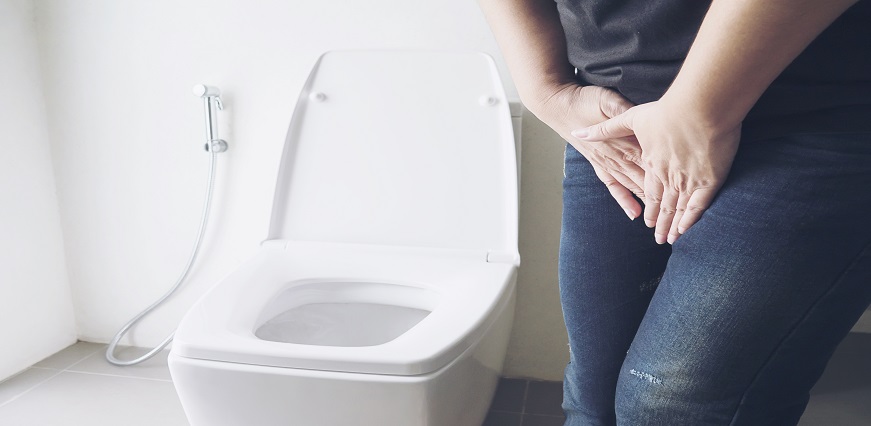

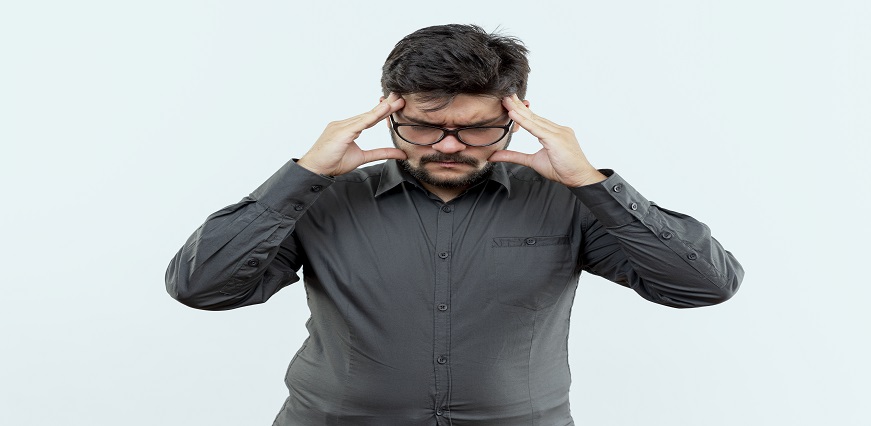

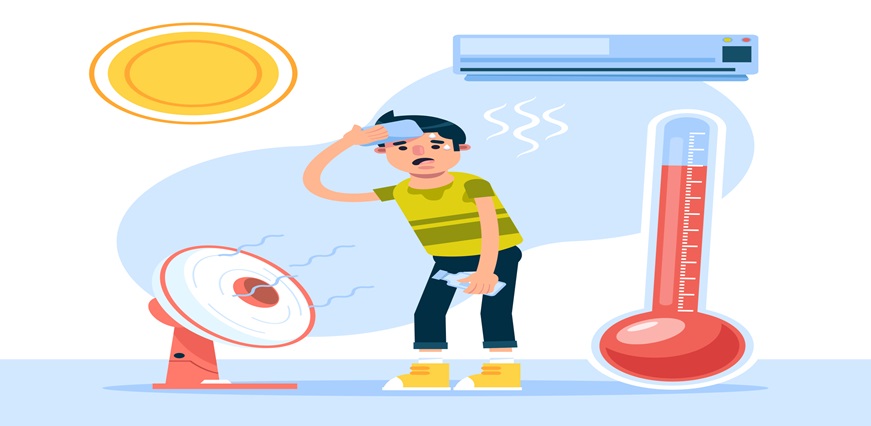
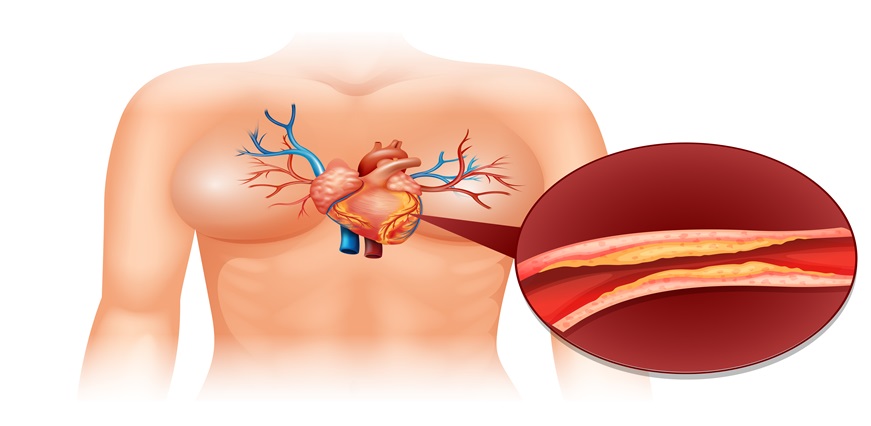




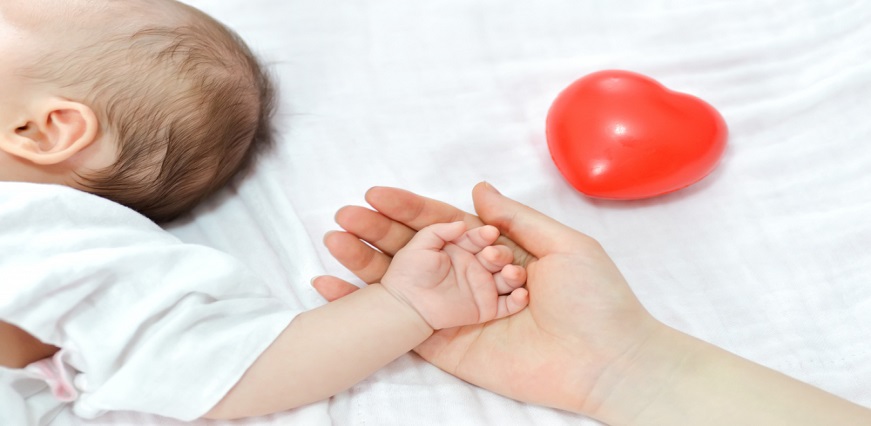









 To reach our help desk call 9213188888
To reach our help desk call 9213188888.png)
Comments